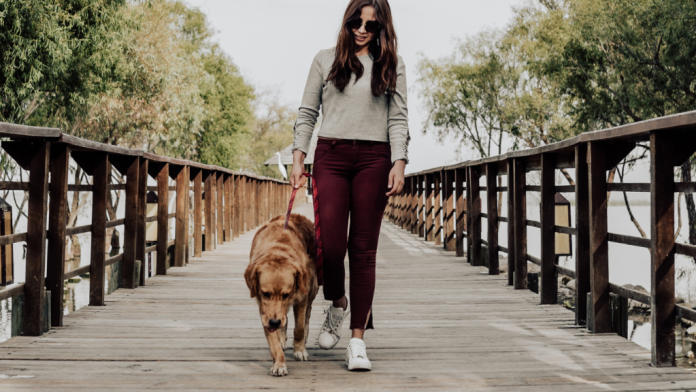Table of Contents
Taking Care of Your Aging Dog
Pointers to Note
Takeaways

Your dog’s needs may change as he deteriorates due to age-related declines in his physical and mental abilities. Your senior dog’s final years will be more enjoyable if you know their specific needs and take steps to meet them.
When it comes to our pets, time flies; in what seemed instant, our once-young puppies with limitless activity have suddenly matured into senior canines. Despite their constant companionship, they’ve grown with age and require extra care. We must pay great attention to our dogs’ subtle indicators of aging and discomfort to provide them with adequate treatment before minor difficulties grow into something much more severe. You can do the following things to make your senior’s life a little simpler while simultaneously ensuring that he remains healthy and active.
Pointers to Note
Here are a few pointers to help your senior dog out
Floors with non-slip qualities should be installed.
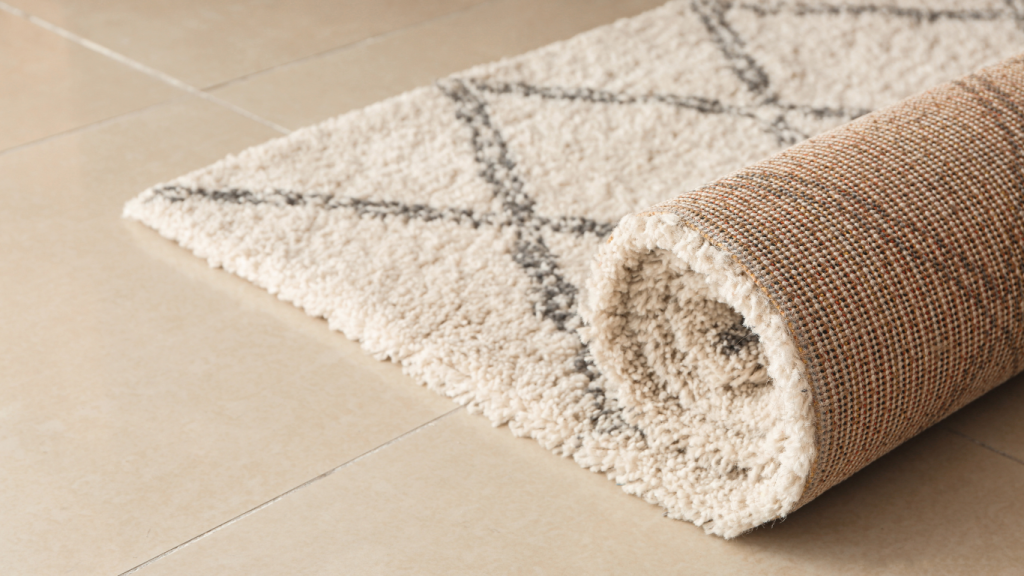
Dogs’ ability to navigate slick terrain diminishes as they get older. Make sure your floor is safe to walk on to avoid accidents. Carpet is ideal, but if you have hardwood or tile floors, use non-slip rugs or foam tiles to cover the areas where your dog spends the most time. The space around your dog’s bed and food and water bowls should also be covered. Keep his nails cut and the fur on the bottom of his paws short.
Taking care of their aches and pains
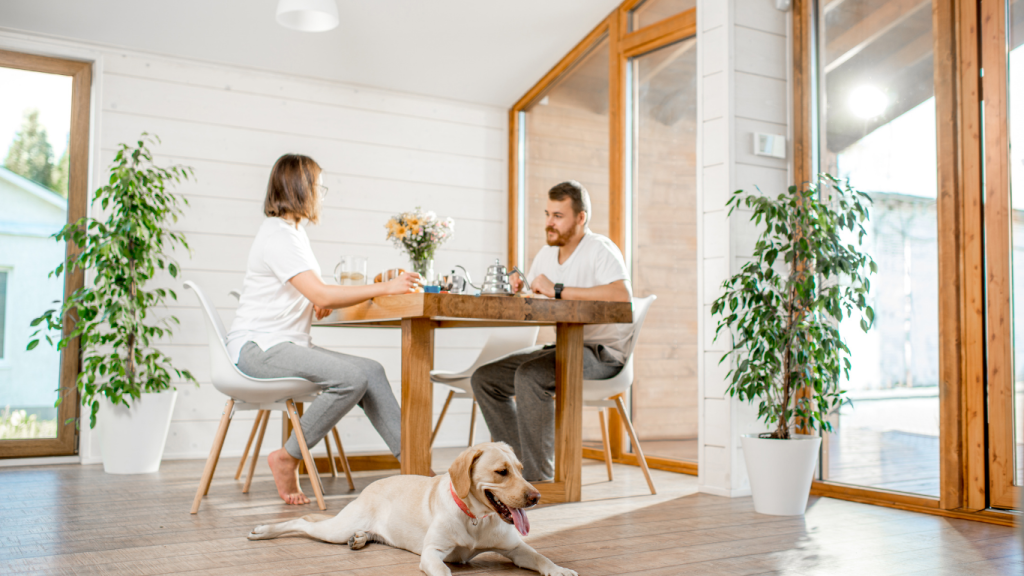
It’s good to provide resting areas for your elderly dog if he has arthritis or other joint problems. Joint pain relief is a primary consideration in designing several dog beds. Getting your dog into and out of bed can be easier if the mattress is thicker or raised. Even if your dog can still leap, the stress on his joints could be damaging. Using pet steps or ramps will assist him in getting on the sofa, the bed, and into the car.
Place water bowls throughout your house so that your dog does not have to travel far to get a drink. The tension on his neck and back can be lessened by using raised water and feeding bowls. Despite this, there is some debate about higher food bowls. According to some research, they may increase the risk of bloat in some breeds. Consult your veterinarian to determine whether a raised food dish will be helpful for your dog.
Create a home setting that is accessible to your dog with disabilities.
Keep the furniture in the exact location if your dog is losing his vision so that he can go around. Make sure there are no roadblocks on his path. Prevent injury to your dog by removing or covering sharp things.
Hand gestures and verbal cues both work effectively for dogs with hearing loss. Keep him on a leash if he doesn’t respond to your calls and is prone to wandering off.
Provide your pet with refuge and safety.

Puppies, youngsters, and a lot of noise can be a problem for some older dogs. Be on the lookout for signs of tension, such as yawns and puffing, and stiffness in the body. No matter how old he gets, your dog needs a safe place to retreat to. Your dog’s sanctuary can be a bed or crate, an area under the desk, or a corner. Whenever he’s in his personal space, no one should be able to bother him.
Keeping the temperature nice and warm.
Older canines may be more sensitive to temperature changes. Keep your dog’s bed free of drafts throughout the cooler months. When he ventures out into the cold, he may want to bring a sweater. If it’s hot outside, make sure he has a cool spot to go. Keep him in the shade when he’s outside and avoid exercising him in the heat.
Keeping your dog active and healthy as he gets older
Although agility and challenging walks may no longer be possible for your dog, there are several other activities you can and should engage in to keep him active. Before beginning any new fitness routine, make an appointment with your veterinarian.
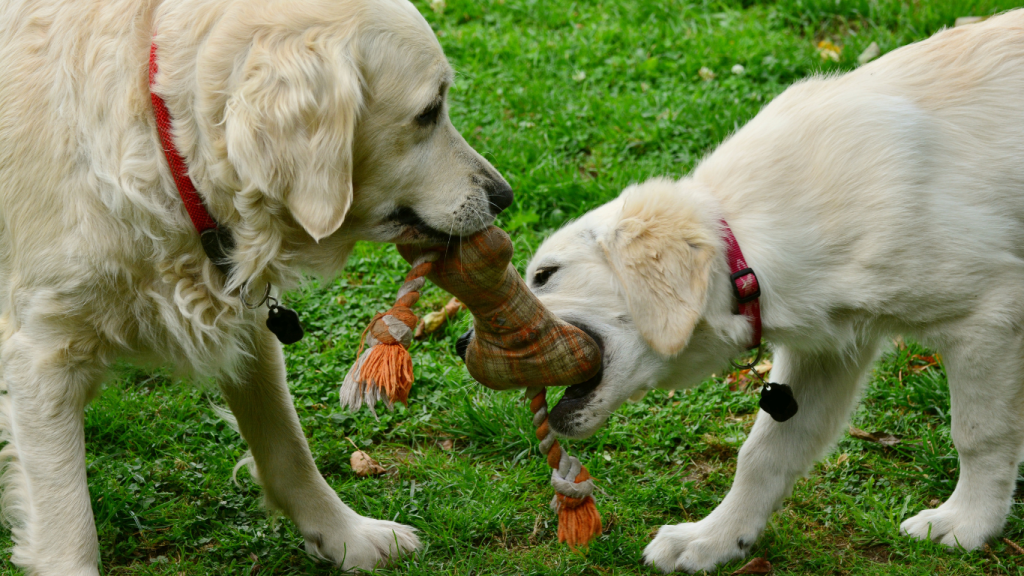
A few short walks throughout the day are preferable to a few longer ones. Your dog may raise his pace for you even though it causes him pain if you adjust your pace to his.
Select a route that is easy for your dog to walk on. The fetch or frisbee catching game can be adapted by tossing the ball or toy from a short distance. Make sure he doesn’t have to jump to catch it.
Another safe option is to play a game of tug-of-war with a friend or family member. Whenever you’re working out, keep an eye out for indicators of exhaustion. If your dog begins to slow down, walk away, or excessively pant, you should stop. Prevent him from getting there in the first place if possible.
Maintain your dog’s physical and mental fitness.
It is essential to provide your pet with various enrichment opportunities to keep their brains healthy and cognitive functions substantial.
- Games
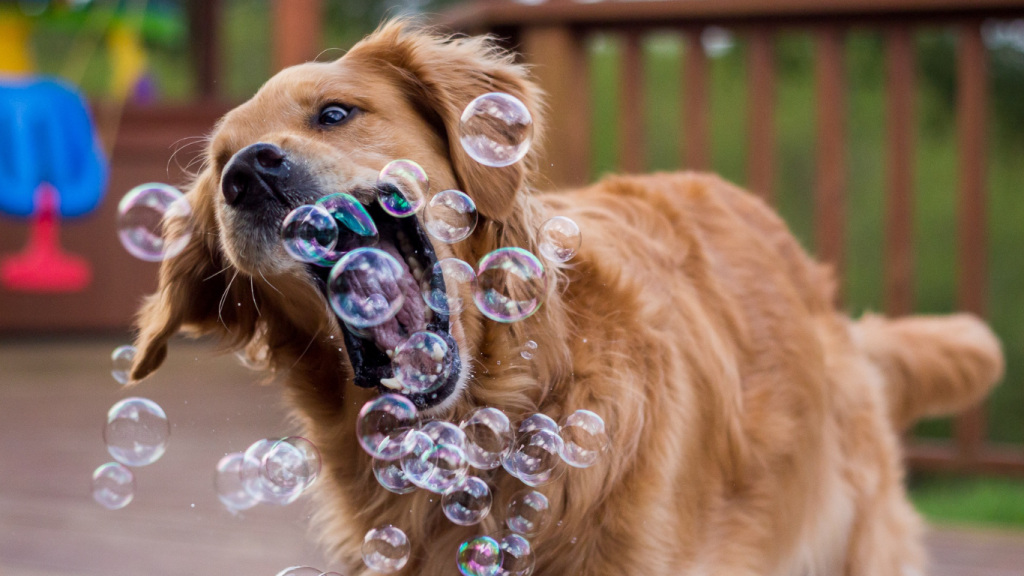
You may use your dog’s natural sense of smell to help him find the source of specific scents. As a last resort, you can leave snacks about the house or yard for him to see. You can also use reward-based toys and puzzles to keep him busy and engage his thinking.
2. Socialization
If your elderly dog enjoys mingling with other dogs and animals, keep socializing with him. Keep in mind that an elderly dog may not be able to keep up with an energetic young dog.
3. Walks worth taking
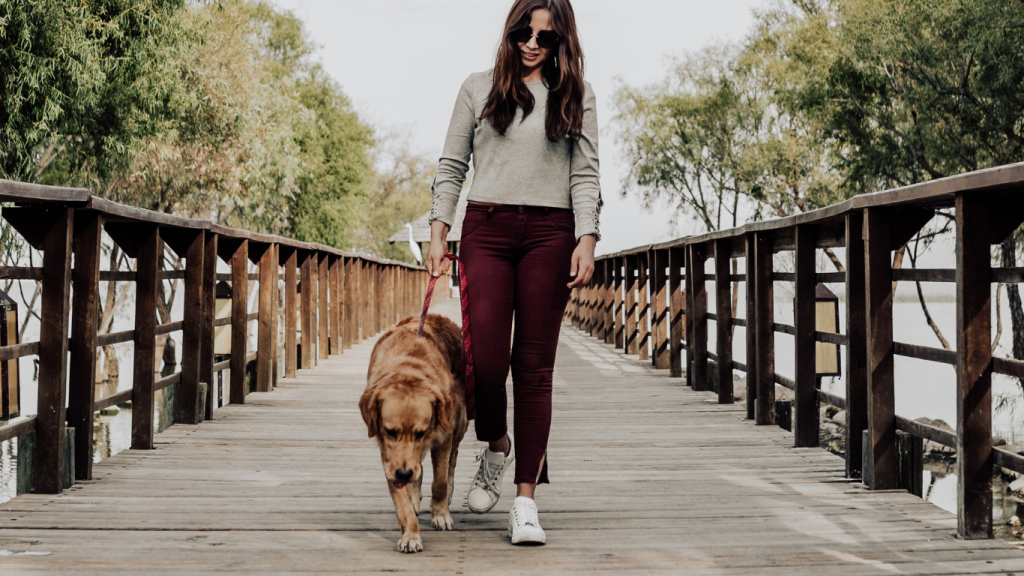
The best way to keep your dog engaged and stimulated is to take him for walks in places that offer a variety of sensory experiences. It’s a terrific method to engage your dog’s mind while also getting them some exercise.
Takeaways
If you notice that your dog’s muzzle is turning a little gray, they may be approaching old age. Aging dogs will need extra care and love.
Pet owners need to keep an eye out for the early signs of aging in their pet pall so that they may provide the best possible senior dog care.
Making minor adjustments to your dog’s routine, veterinary care, and living conditions can all help an older dog enjoy a healthier and more pleasant life in your care.



